ED RUSCHA (b. 1937)
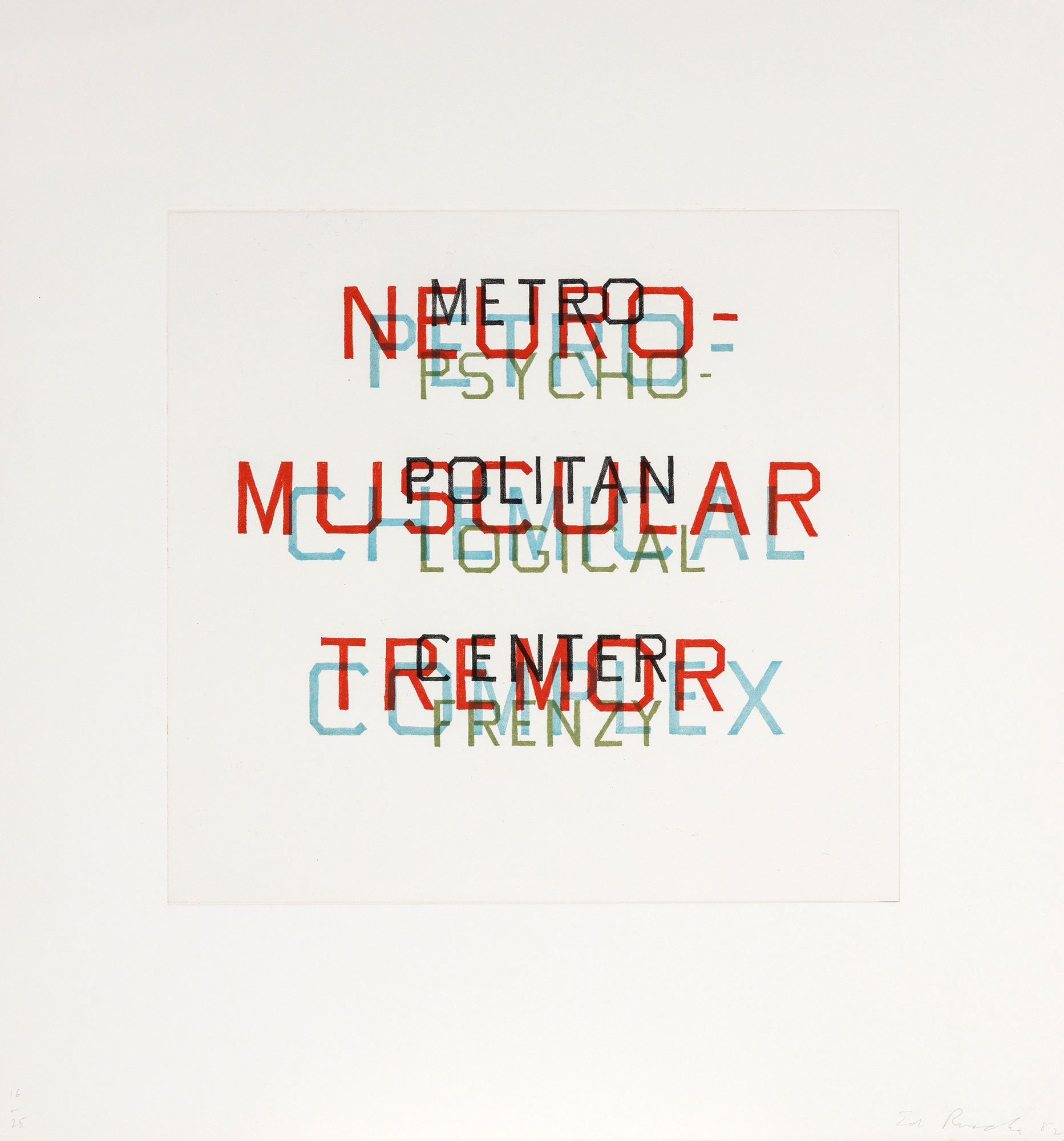
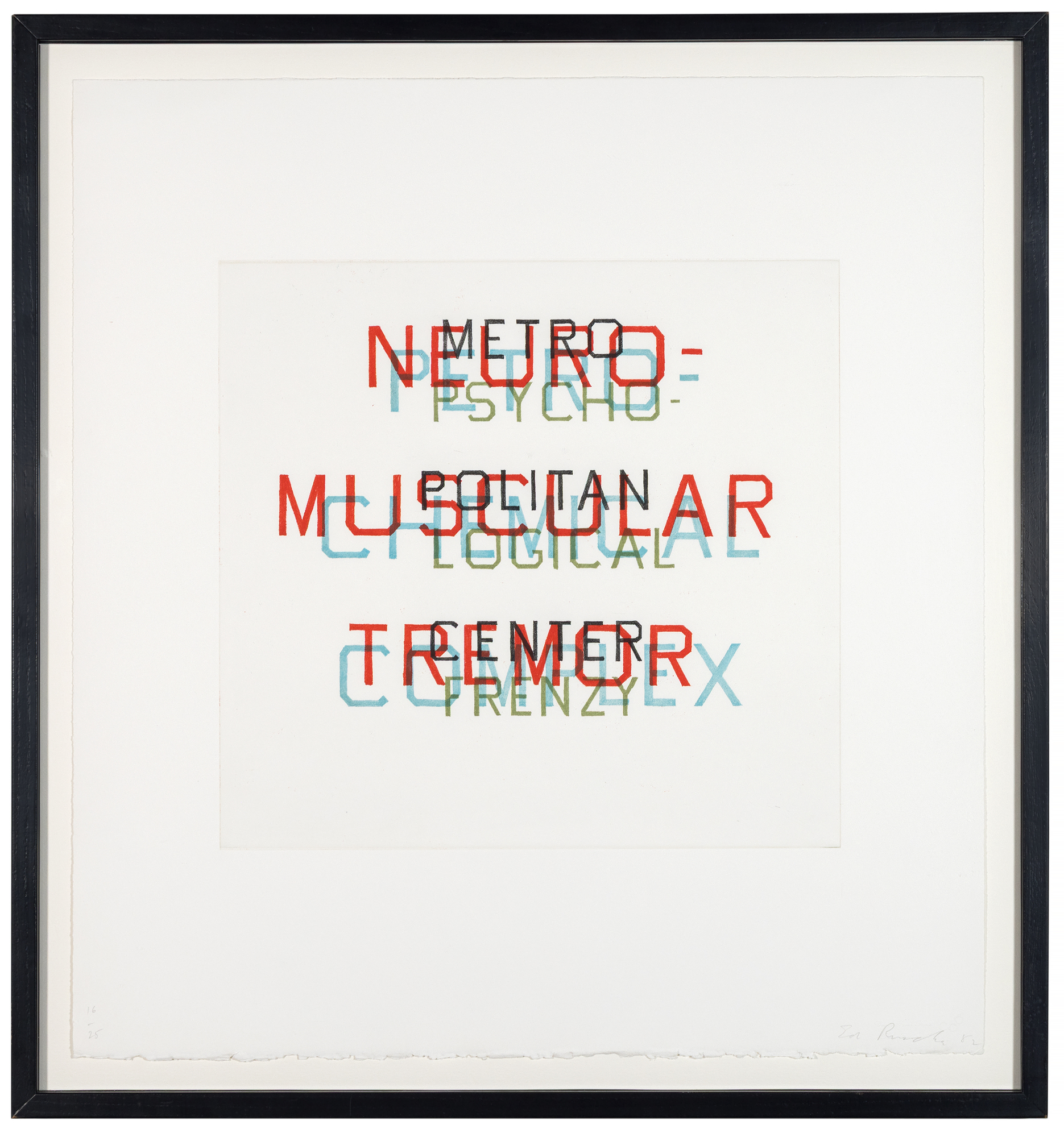
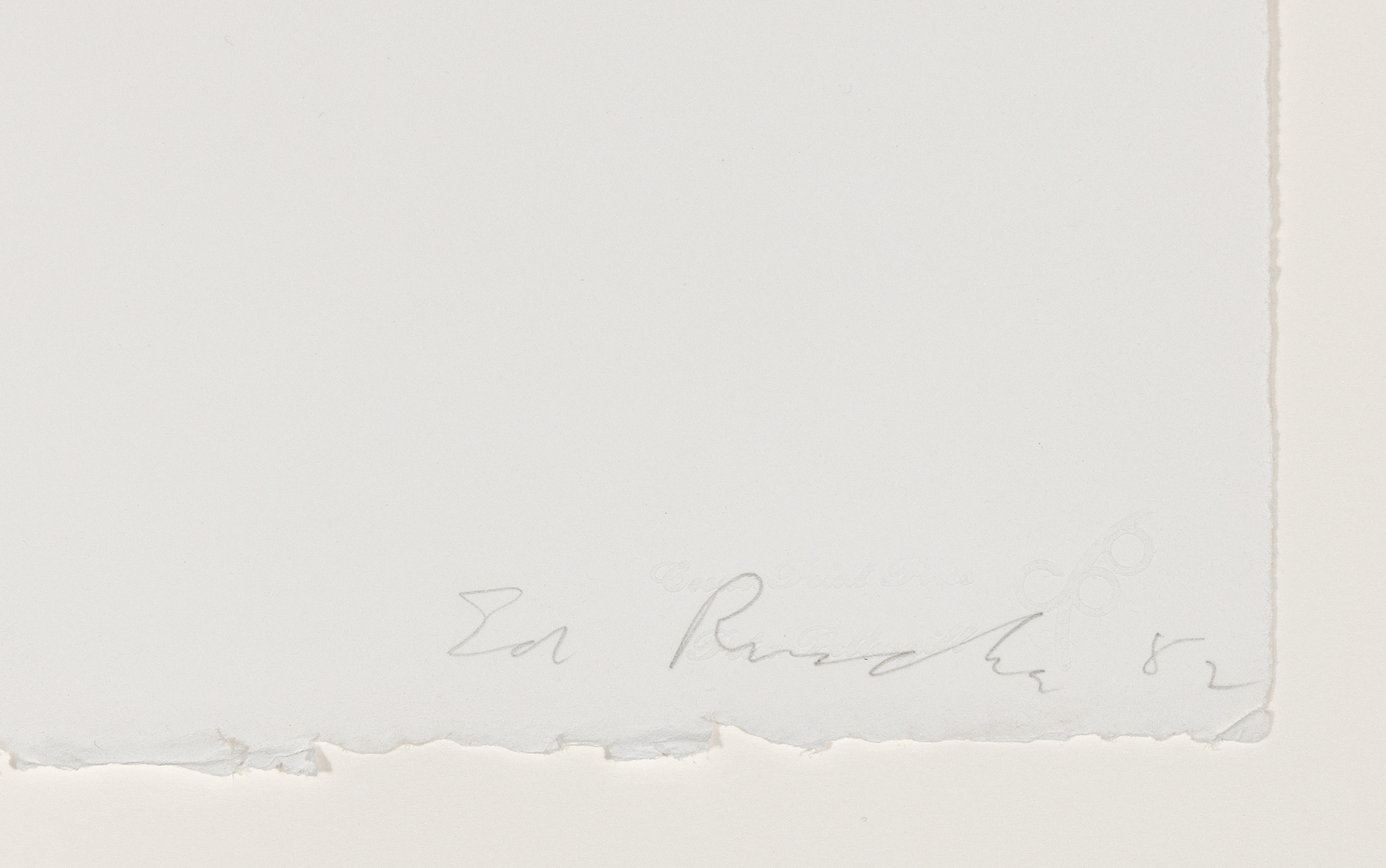
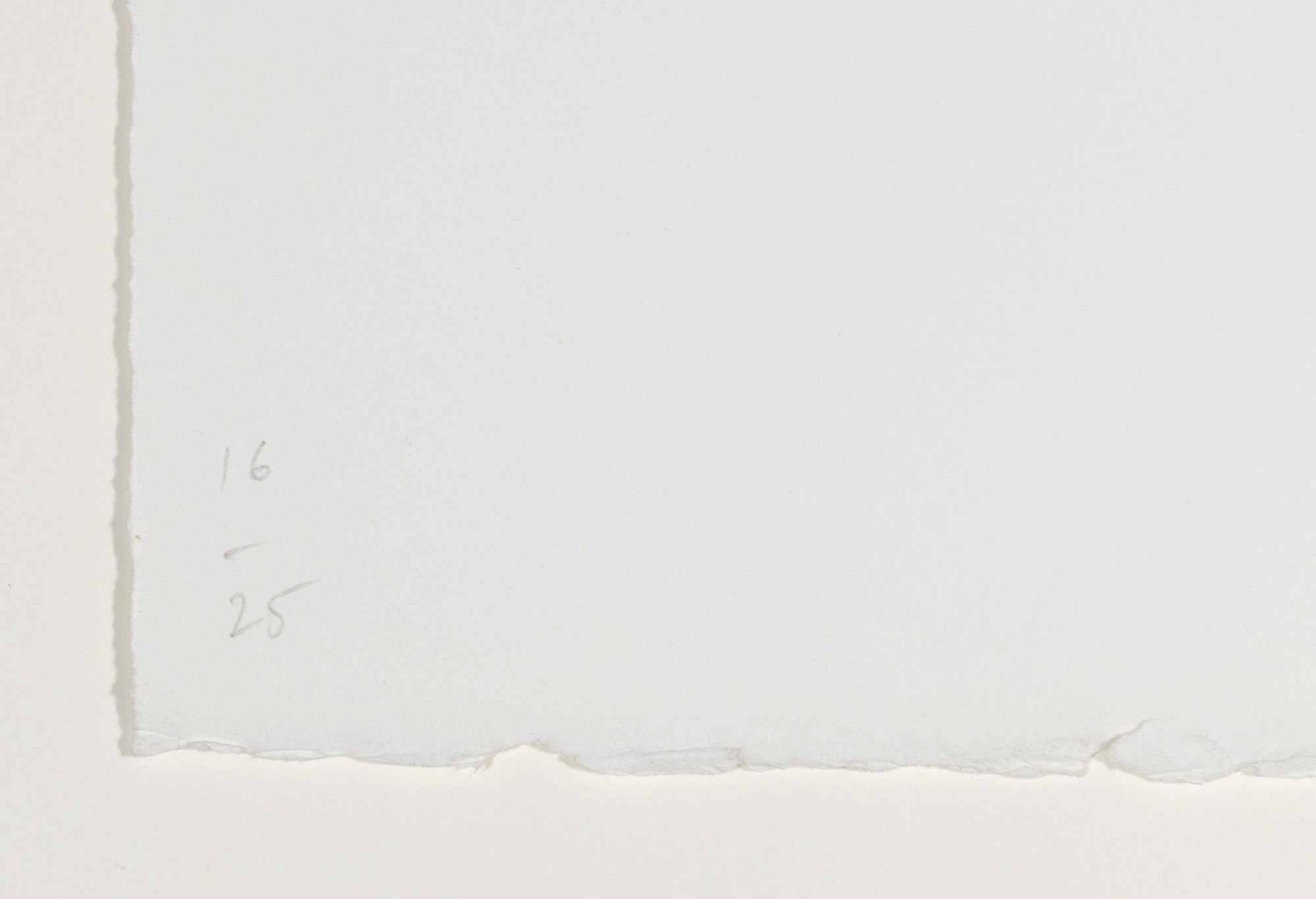
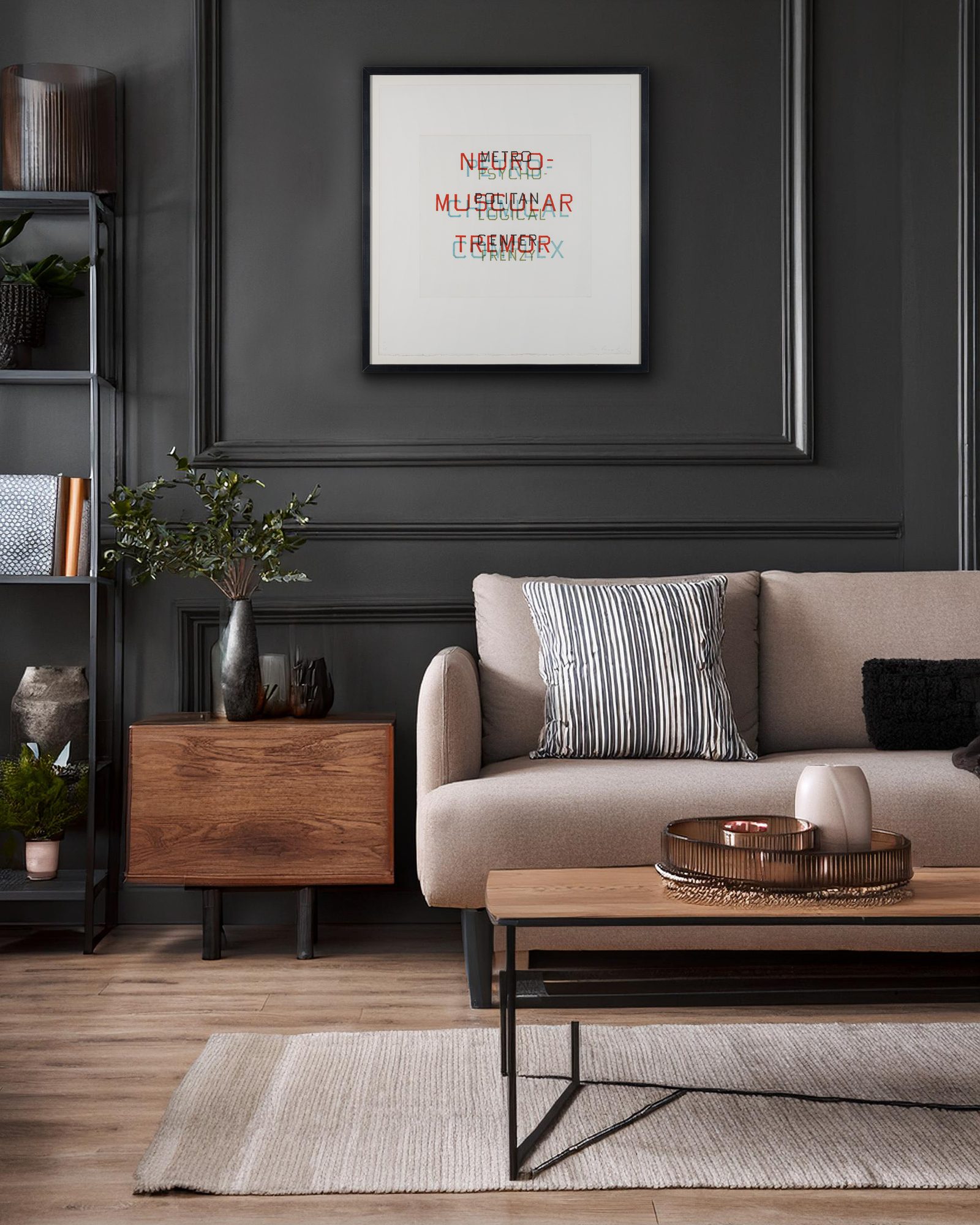
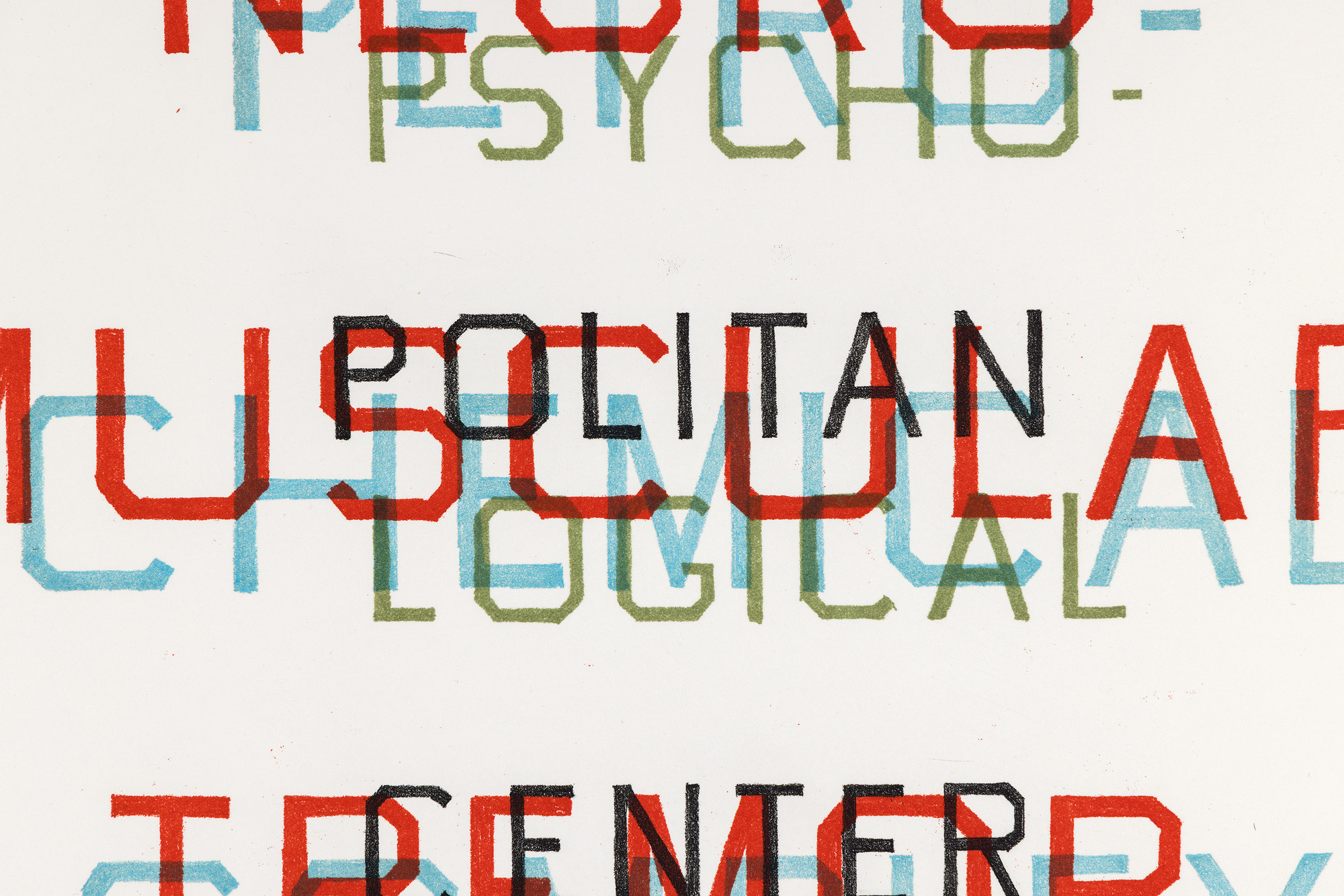
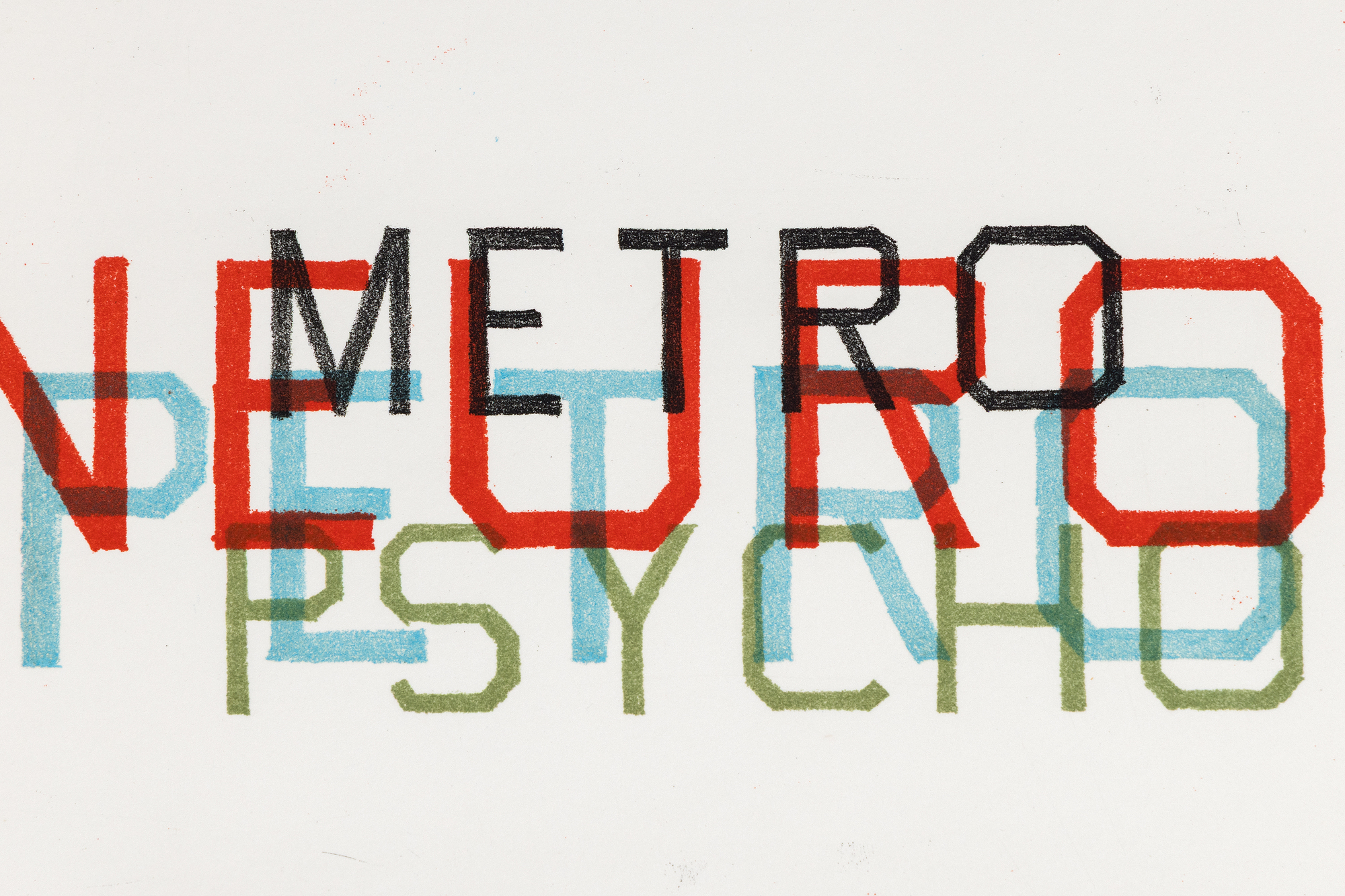
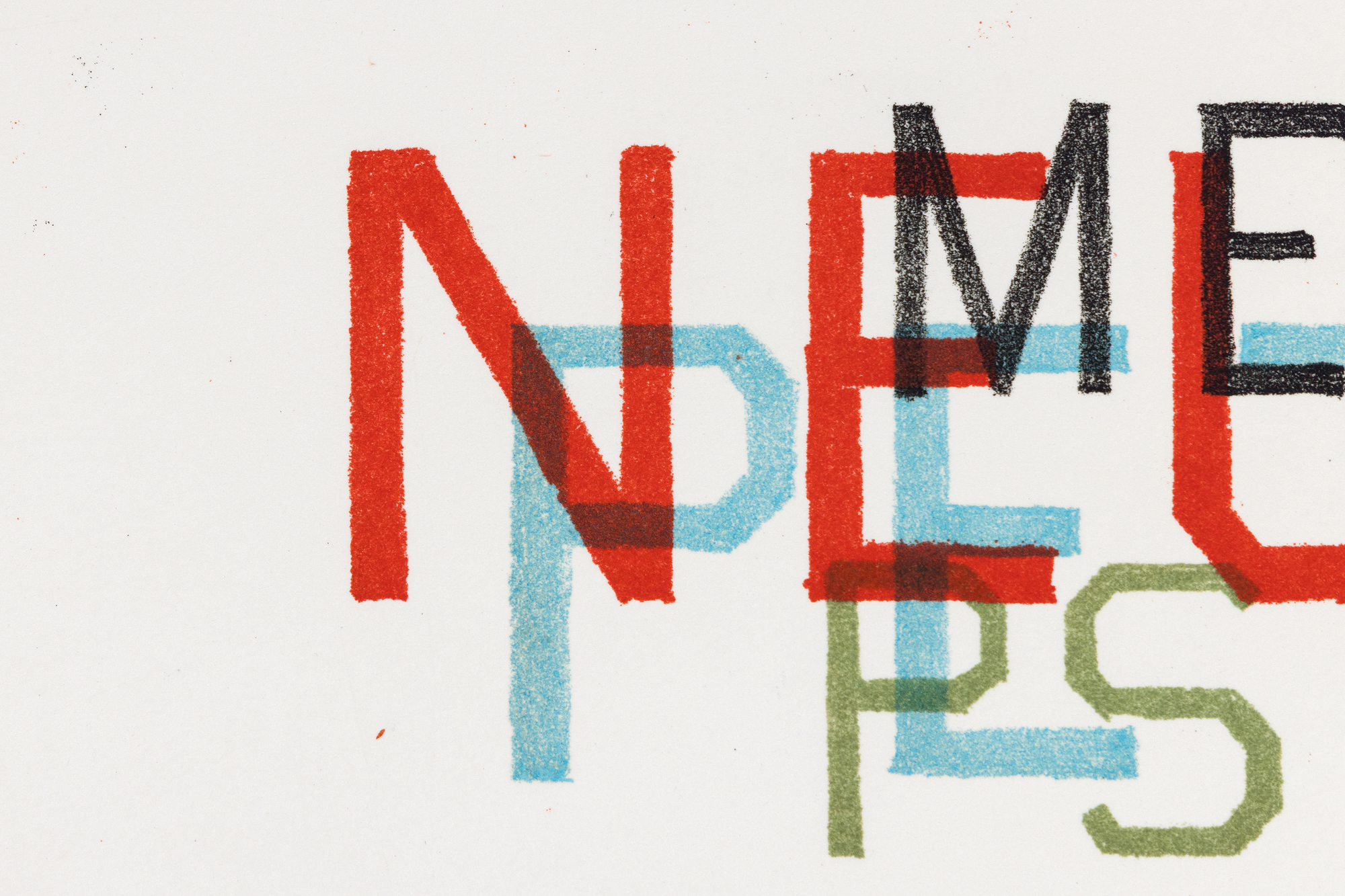
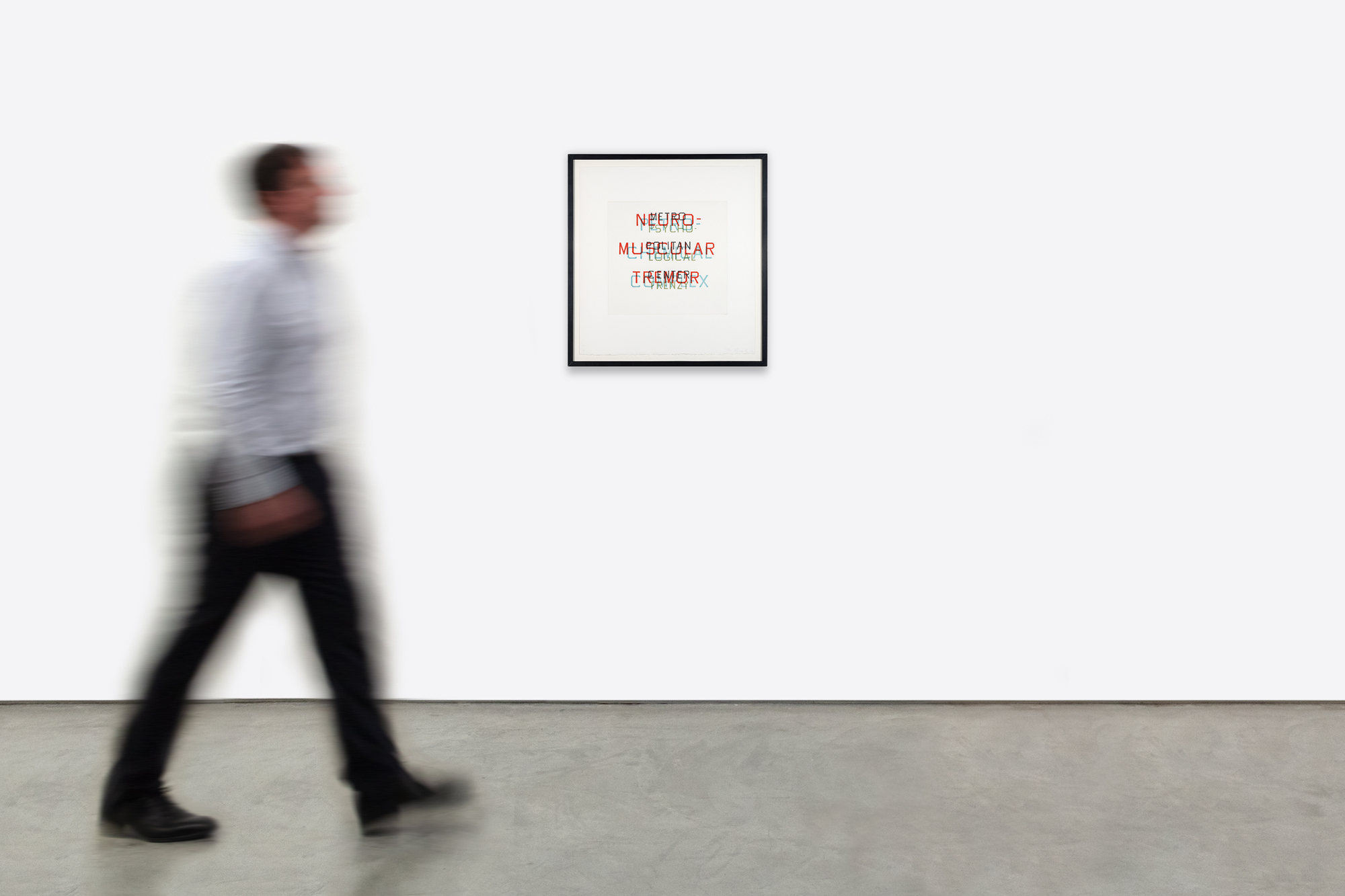
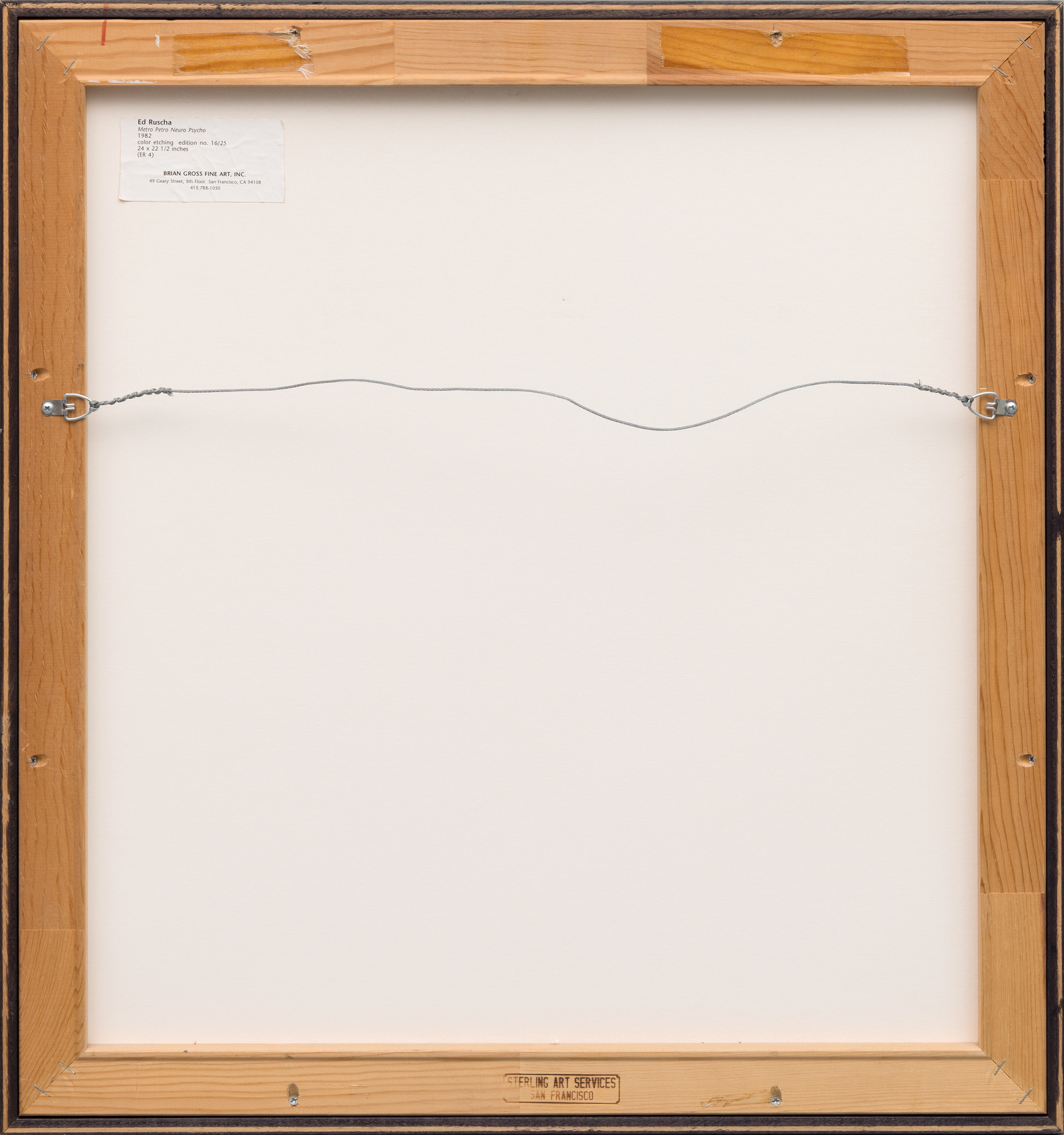
Provenance
Brian Gross Fine ArtCollection privée
25,000
Faisant le lien entre les peintures de mots emblématiques de Ruscha des années 1960 et ses expériences plus stratifiées des années 1980 et suivantes, l'estampe incarne son approche consistant à isoler des fragments de langage - slogans de panneaux d'affichage, mots entendus ou phrases inventées - afin de les reconsidérer en tant que phénomènes visuels et sémantiques. Ruscha lui-même a décrit ces arrangements comme du "bruit visuel", à la fois ludique et désorientant. La reconnaissance institutionnelle de l'importance de l'œuvre est affirmée par des exemples au Museum of Modern Art, New York, et à la National Gallery of Art, Washington.


